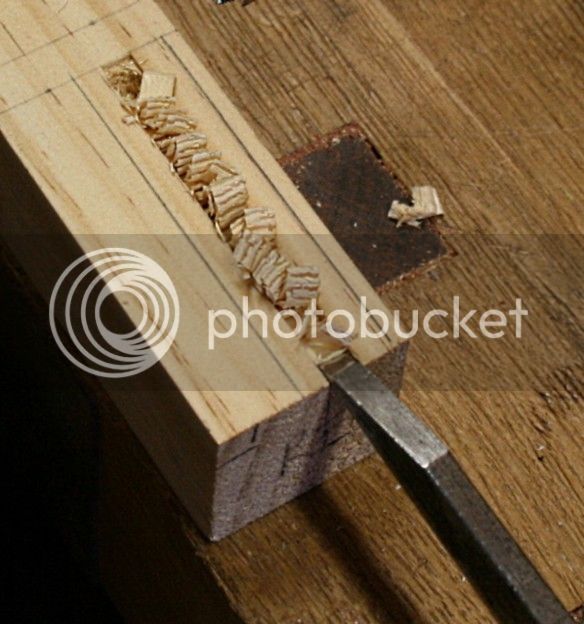phil.p":3lc8220r said::-k I have never tried rounded bevels so I can't (at present) comment on whether they they work or not, but something occurred to me yesterday - they are obviously easier to grind than straight ones so why in all the thousands and thousands of new and used chisels I've seen in my life have I never seen one? They are not an innovation, so presumably in the case of second hand ones many people have changed, and then changed back?
I've seen them on vintage tools. I bought an entire set of Marples straight-sided firmers from a UK Ebay'er and every single one of them had a distinct and rounded-under bevel. They cut great off the UPS truck and still do. I just went with what I had. The backs were flat and highly polished as well.
In what context have you seen thousands and thousands of vintage chisels?





